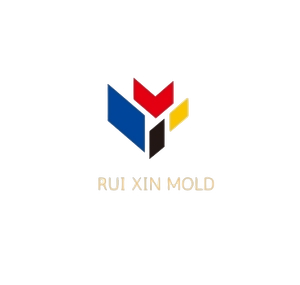Recent Posts
Tags
报错: 未找到这个表单
Why The Injection Mold Is Rusted?

The materials of plastic injection molds are not resistant to rust commonly. They may rust if they are exposed to water or corrosive gases. The quality of plastic parts produced by this kind of rusted mold will be greatly affected. Therefore, rust should be avoided as far as possible.Rust and corrosion can significantly affect the performance and lifespan of injection molds. Implementing the right strategies is essential to maintaining mold integrity and ensuring consistent production quality. Below are some effective methods to prevent rust and corrosion in injection molding:
1. Material Selection
Choosing the right materials is crucial for rust prevention. Using corrosion-resistant materials like stainless steel or alloys helps reduce the risk of rust formation. These materials can endure exposure to moisture and corrosive gases, ensuring the durability and longevity of the molds.
2. Regular Maintenance
A consistent maintenance routine is key to avoiding rust. This includes cleaning the mold surfaces, lubricating moving parts, and conducting inspections to detect early signs of corrosion. Regular maintenance extends mold life and keeps product quality consistent.
3. Surface Treatments
Applying surface treatments such as chrome plating creates a protective layer on the mold surface. This barrier effectively shields the mold from moisture and corrosive elements, significantly increasing its resistance to rust and prolonging its operational life.
4.Overheating of the molten material produces gas that leads to rust and its prevention.
When the temperature of molten material is too high in the canister, many raw materials will produce volatile gas due to overheating. This gas is very corrosive and will corrode molds and machines. In order to make the mold less suffer or avoid the corrosion of the volatile gas, first of all control the canister temperature and make it do not overheat; Next, must use a clean soft cloth to clean the mold when stopping injection molding; Third, when the mold is not used for a long time, anti-rust agent should be sprayed in the mold cavity. When closing the mold, also coat it with butter is and plug the gate.

5. Controlled Environment
Maintaining a controlled environment where molds are stored or operated can reduce rust risk. Controlling humidity levels, especially in storage areas, minimizes moisture exposure that leads to rust formation. High humidity causes water droplets to form on molds, which accelerates corrosion.
6. Rust Inhibitors
Using rust inhibitors, particularly during mold cooling or storage, prevents moisture and corrosive gases from impacting the mold. These specially formulated agents offer an extra layer of protection by reducing carbide formation and slowing down mold decomposition.
7. Mold Design
Optimizing mold design to minimize moisture accumulation in hard-to-reach areas is an effective preventive measure. By designing molds to allow water runoff and avoid pooling in cavities, the risk of rust can be significantly reduced.
Conclusion
Preventing rust and corrosion in injection molding requires a proactive approach, from material selection to maintenance and environmental control. Implementing these practices ensures the longevity of molds and consistent high-quality production.
For more insights and expert advice on mold care, visit www.dgruixinmold.com.
报错: 未找到这个表单
